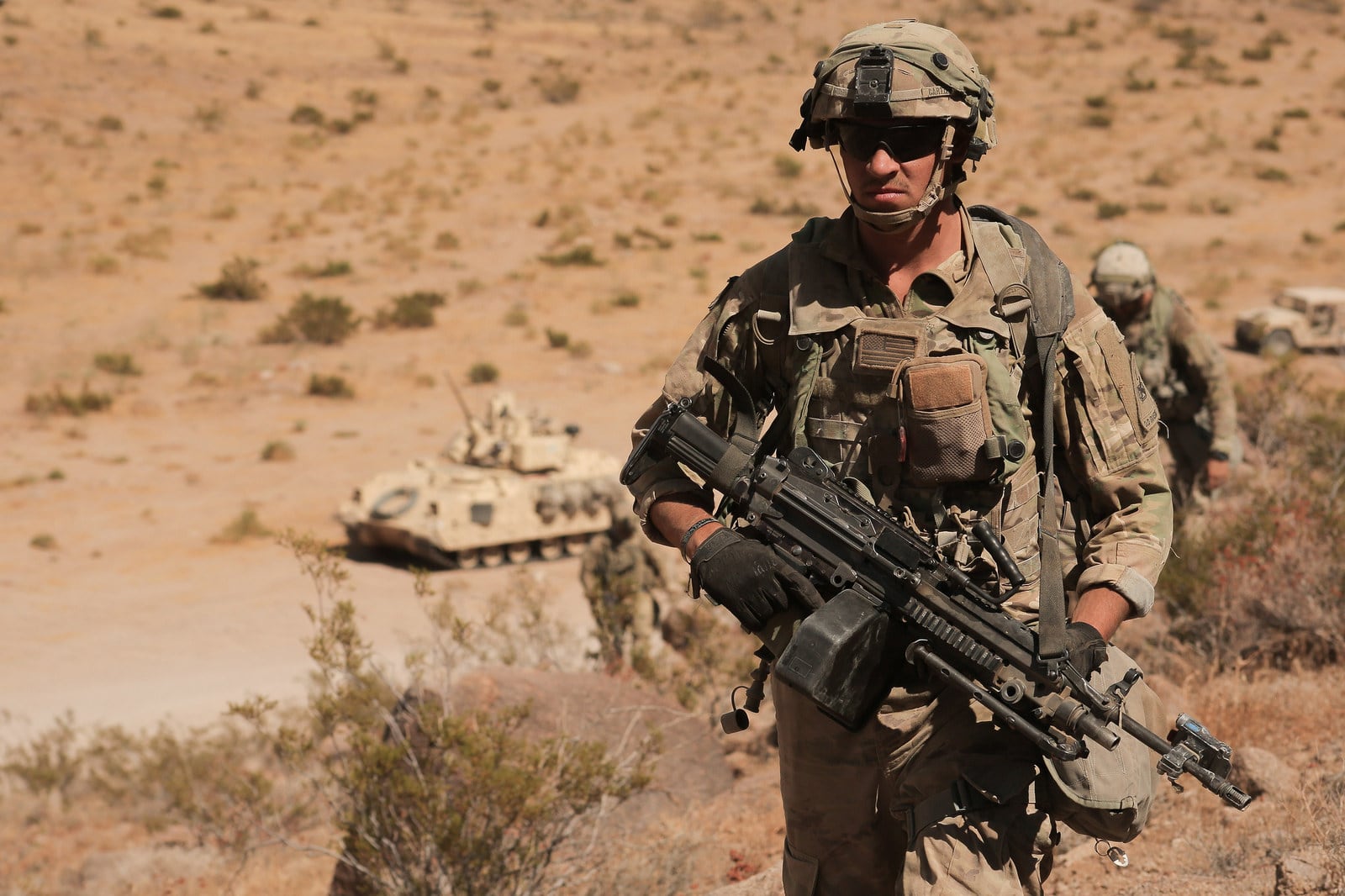More than four decades since the Army turned its eye to the particular challenges and necessities of its new, all-volunteer force, the service is taking a step back and reinventing itself for the 21st century, senior leaders said in late March.
The Army’s top two civilians and vice chief of staff took to the stage at the AUSA Global Force Symposium in Huntsville, Alabama, to lay out a modernization vision, rooted in six priorities, that will bring new vehicles, aircraft, gear and other technology to the force over the next 10 years.
And in the margins, leaders voiced their support for another push: to re-think development and maintenance of the soldier as a weapon, to regard themselves as elite athletes preparing for a high-end fight.
“We need to treat soldiers the same way you do a professional athlete. They’re hurt, give them an MRI,” Army Undersecretary Ryan McCarthy told Army Times on March 27. “Otherwise, for four months someone’s giving them Motrin and they’re getting worse.”
To tackle those issues — lack of physical fitness, lack of discipline and costly, chronic injuries — the Army is coming from all angles, mulling the idea of extending initial entry training, as well as revamping how the service builds and tests physical readiness.
“I saw this even back when I was in the Army, when I was in the Ranger Regiment, the difference between the way the special operations community and the conventional force were conducting physical training,” McCarthy said.
Creating soldiers
Two years ago, officials at Training and Doctrine Command were mulling an extension to basic training, taking more time in a soldiers’ initial entry to the Army to better prepare them for their first units.
“We’ve known that for some time, you know, that basic training wasn’t long enough to get to the quality of soldier we wanted. That’s not new,” Sergeant Major of the Army Dan Dailey told Army Times on March 27. “That’s hard to do when you’re drawing the Army down. It’s hard to do when you’re in a resource environment that’s hard.”
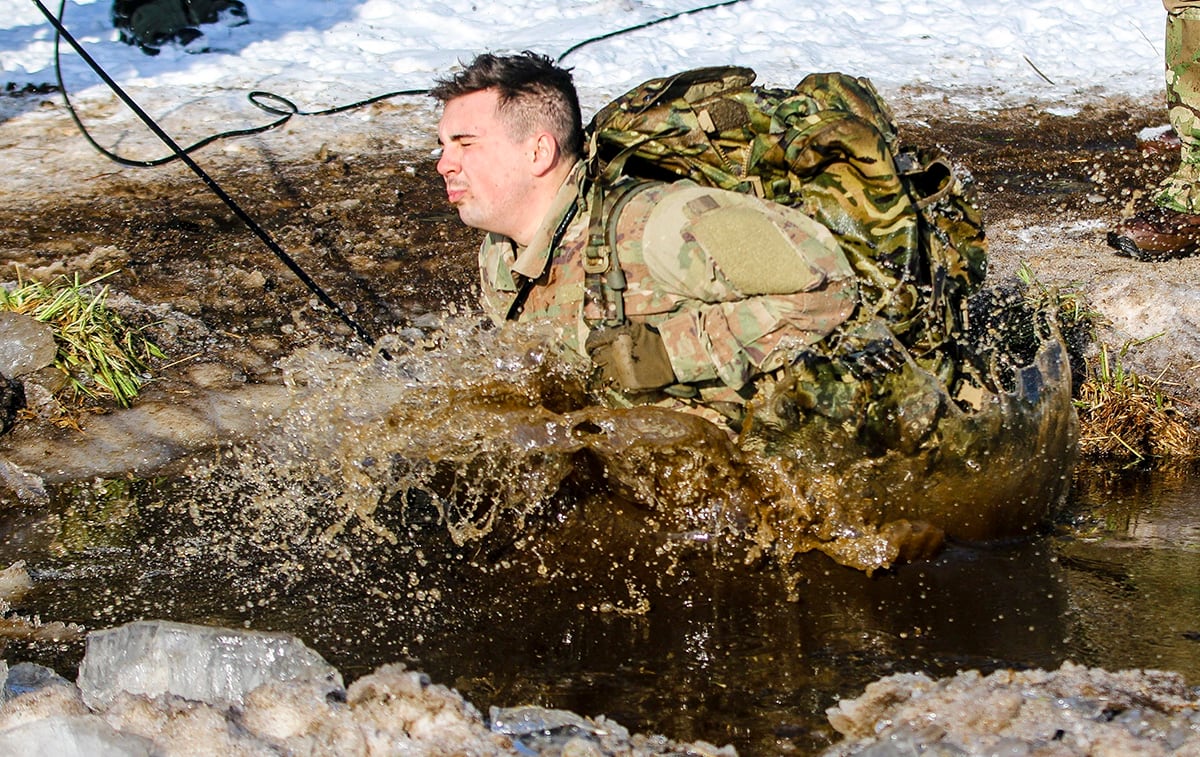
At the time, the force was on a path to 450,000 active troops and funding itself with a continuing resolution after sequestration slashed the budget.
So with fewer recruits coming in, it made sense to try extending those first 10 weeks to see whether soldiers could be more fit, more disciplined and more proficient before moving on to the next step.
But it wasn’t to be. At the end of 2016, then-President Obama signed a National Defense Authorization Act to increase the active component to 476,000 soldiers in the following nine months.
RELATED
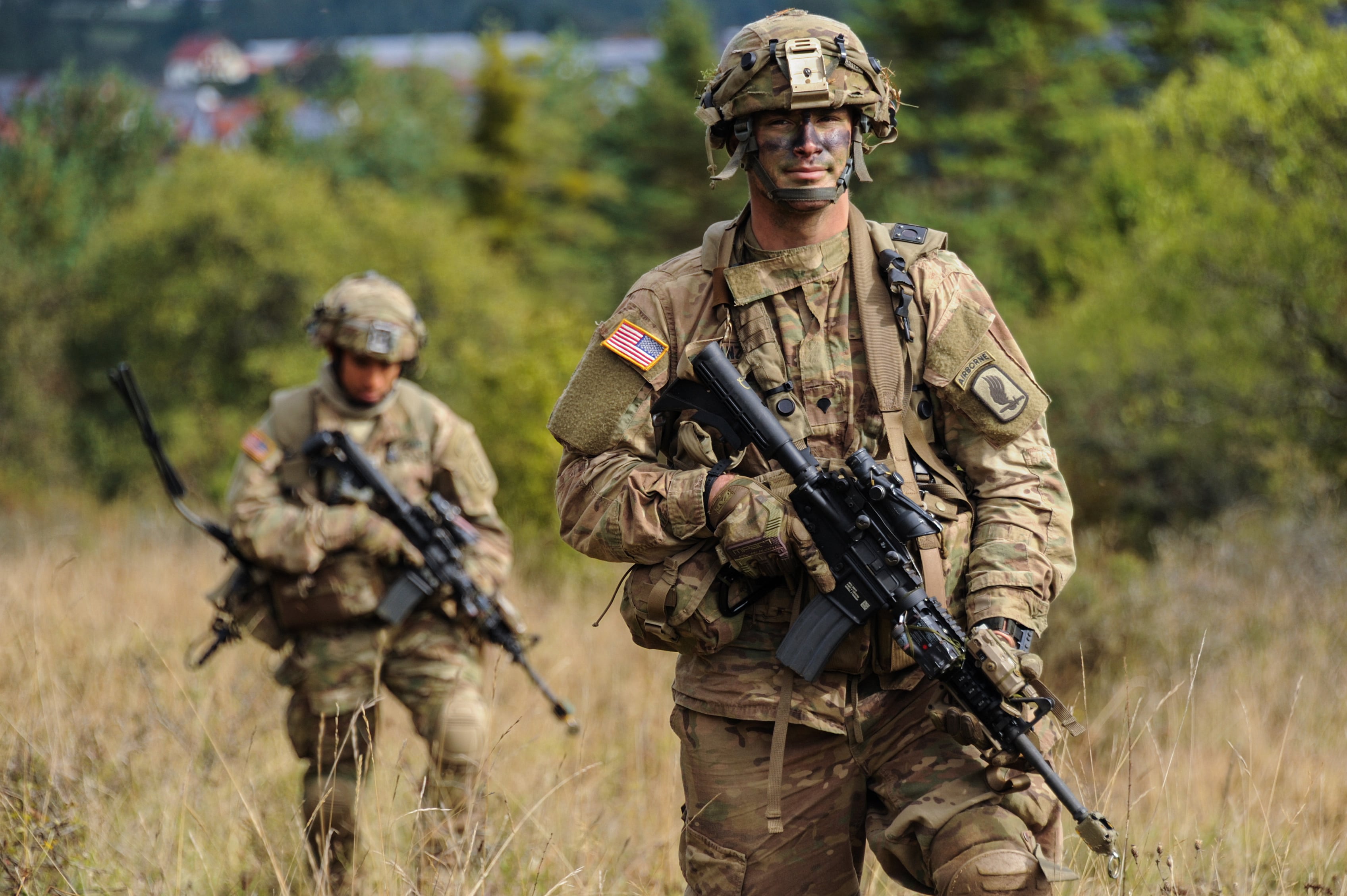
Fast-forward to 2018, and the Army continues to increase its end strength, while revisiting the prospect of both overhauling and extending basic training.
The Center for Initial Military Training took the first step in February, when it unveiled an overhauled initial entry training program of instruction at Fort Jackson, South Carolina, the Army’s largest training post.
The goal, according to CIMT commander Maj. Gen. Malcolm Frost, is to increase the fitness and discipline of the approximately 1,200 recruits who graduate every week, before going on to job-specific training.
A 27,000-person study of the training base, as well as leadership from operational units, found that soldiers were not adequately prepared to jump in at their first units of assignment.
“The No. 1 thing that was asked for, five-fold, was discipline,” Frost said. “What leaders have observed is that, in general, they believe that there’s too much of a sense of entitlement, questioning of lawful orders, not listening to instruction. Too much of a buddy mentality with NCOs and officers.’
They also weren’t familiar with calling for support over radios or proficient with using iron sights on their rifles, and they had little understanding of Army history.
To tackle the PT issues, the new POI requires three scores of 60 points each on Army Physical Fitness Tests events, up from the remedial 50-50-50 minimum score of recent history.
Trainees are also practicing more drill and ceremony in their first weeks of becoming soldiers, honing their skills with organized marching while moving throughout their days, culminating with a competition before graduation.
And to top it all off, basic training now includes three field training exercises — dubbed Hammer, Anvil and Forge — with minimum requirements to participate in each one.
The events test every warrior task and battle drill trainees have acquired throughout the previous weeks, in addition to PT tests and a battalion-wide combatives competition.
RELATED
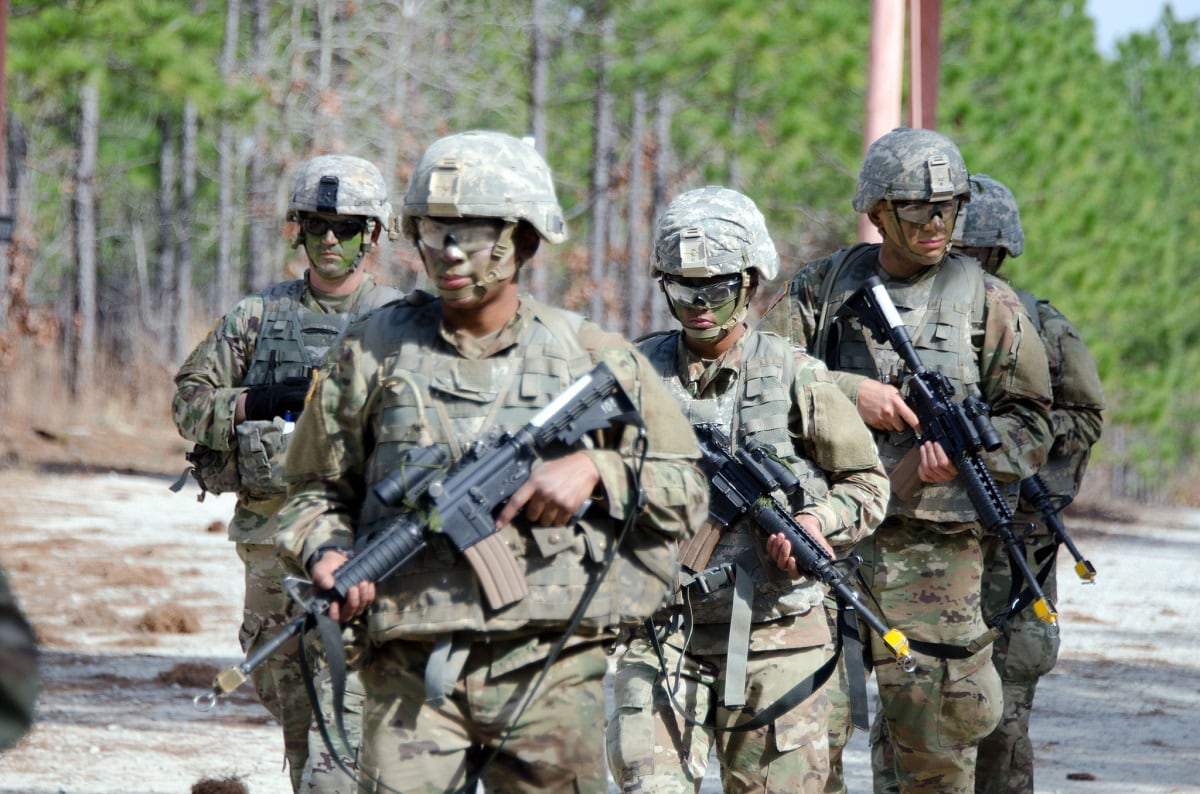
The new curriculum is jam-packed, leaders say, and a few extra weeks would give time to fine-tune not only soldier skills but the mindset and habits of someone who’s ready to deploy at a moment’s notice.
“There’s a saturation rate when you expose a human being to information, and how much they can retain during certain periods,” Dailey said. “We want to extend basic training even without adding new content.”
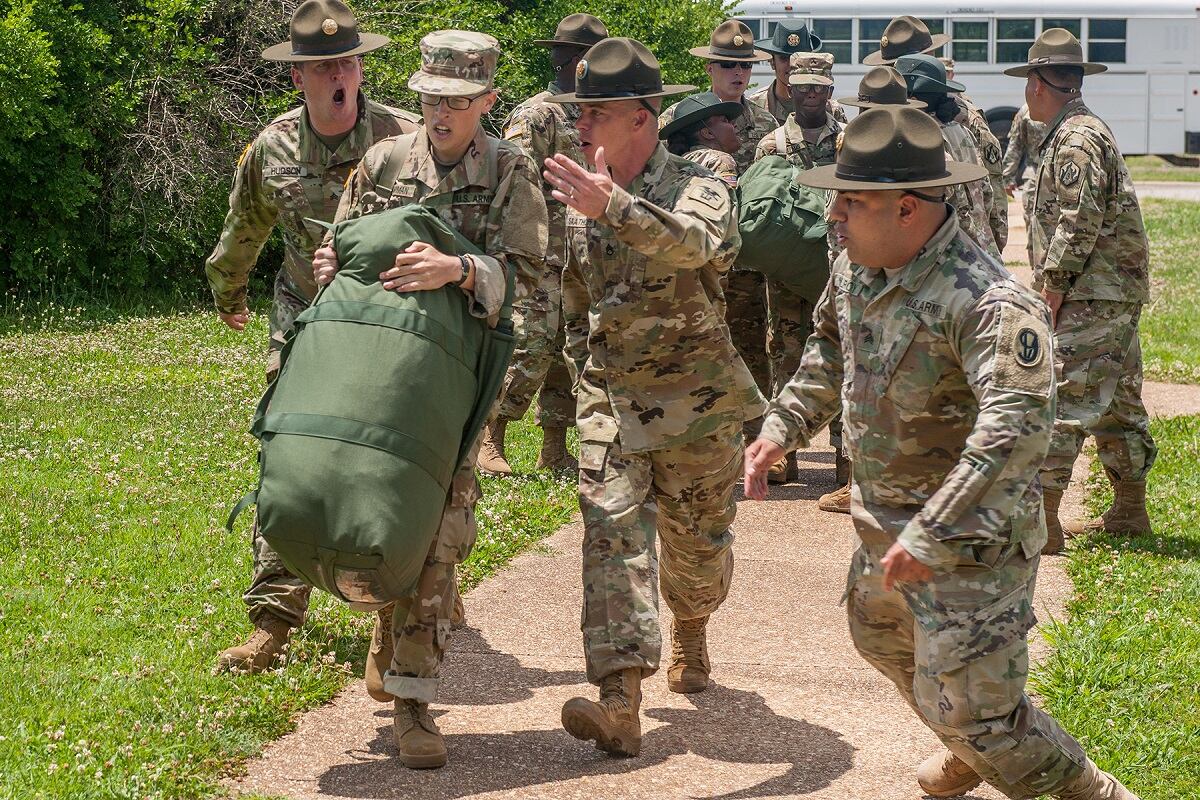
And when it comes to improving overall fitness and habits, he added, it will necessarily require more time and funding.
“We say we want to, you know, create the culture of a young soldier coming in,” Dailey said. “Unfortunately some of those things that are critically important are suffering because there’s so much being piled on.”
No plans have been set in motion to extend BCT in general now, but infantry one-station unit training at Fort Benning, Georgia, will pilot a 21-week program this July, which adds a full seven weeks to existing training.
RELATED
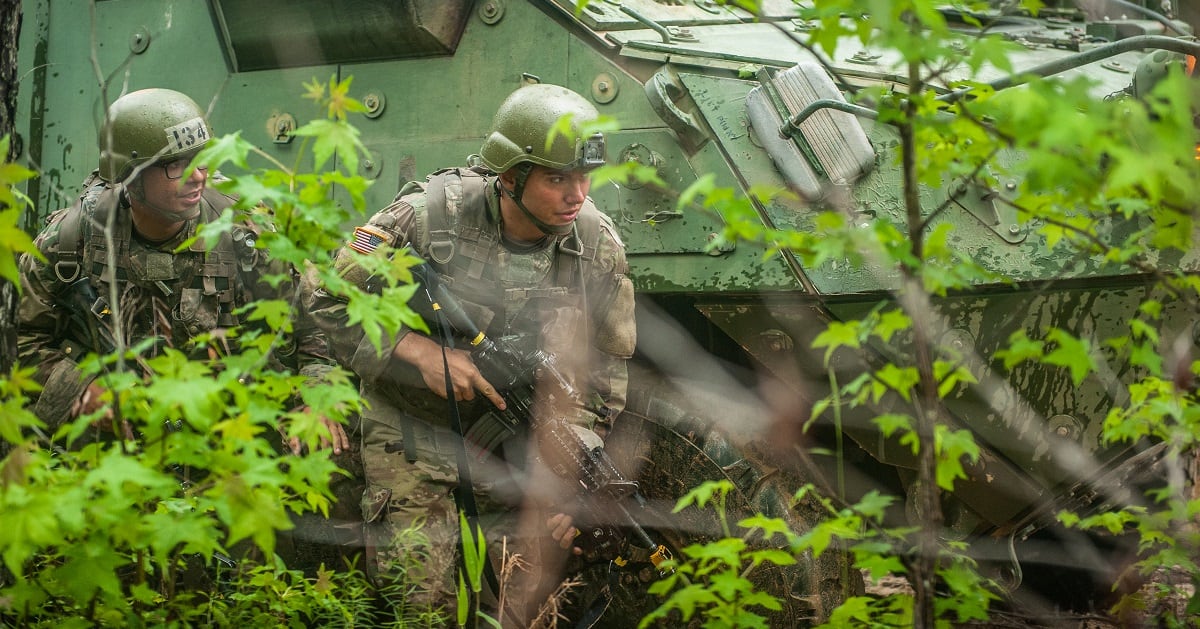
“Does it need to get better?” Dailey said. “Sure, if you want the better product — of course.”
Training like athletes
When it comes to the much-maligned APFT, “it’s lived a good life but it’s no longer adequate for today,” the Army Forces Command boss says.
For the better part of a decade, the Army has been working to develop an occupational fitness test. It now has three, if you count the Occupational Physical Assessment Test required for entering the service, along with the Army Combat Readiness Test and Soldier Readiness Test, two pilot programs in varied stages of research.
Early numbers from OPAT look good, Gen. Robert Abrams, the FORSCOM commander, told Army Times on March 26, with a reduction in attrition for soldiers who were required to take the test before basic training.
According to research, higher levels of overall fitness reduce injury rates and save the Army both time and resources on treating injuries and making up for the loss of a soldier.
Both Training and Doctrine Command, the proponent of the ACRT, and FORSCOM, where the SRT is in development, were preparing to brief senior leadership on their progress as this article was going to print.
“And I don’t think it’s going to be an either/or,” Abrams said. “I think we’ll probably come up with a hybrid between the two. I don’t think that we’re going to have enough time to do both.”
To clarify, he added, in his experience, competing pilot programs like this often meet in the middle with one grand compromise.
While the ACRT has been developed as a test of record, which would count toward promotion points and have career repercussions, the SRT’s model is a unit-wide test given and evaluated by each commander.
In addition, the SRT pilot includes three different levels of staff support and training equipment to prepare for the test.
Not surprisingly, Abrams said, those with full-time strength coaches and other professionals had the best outcomes.
“We had about a 25 percent reduction in soldiers [with] musculoskeletal injuries, who are on profile, who are not deployable,” he said.
And outcomes were equally good for those who did get hurt.
“So if they were getting injured, or if they were injured, because of the embedded medical capabilities, we were able to rapidly get them back into the fight, and with a full-time strength and conditioning coach who designed their training programs,” he said.
Both tests are designed to measure multiple domains of fitness in ways that approximate combat.
For instance, the ACRT gauges muscular power with a backward medicine ball throw. To test muscular endurance, the SRT requires stacking sandbags on the back of a truck. ACRT has a single dead-lift to measure strength, while SRT tests agility with a small shuffling course.
But there is some overlap, like an equipment drag and, of course, a run. If soldiers are taking two tests for different purposes, despite measuring similar things, how can the Army justify that?
“We could do that,” Abrams said. “But if we do that they both need to be for record.”
“I think there’s really good components of both, and I think we’ll see what more they want and the direction that we want to go,” Abrams said. “What I will tell you is regardless of what test is chosen — fundamentally the message to the Army is we are going to change how we do PT, and it is going to drive a cultural change on how we do PT, because the numbers are there.”
Health and deployability
Also of note, at this point in the development process, is neither the ACRT nor the SRT have alternate events. So, for example, if a soldier has a profile that says they don’t have to run during the APFT, they are allowed to walk.
Not so with the new tests.
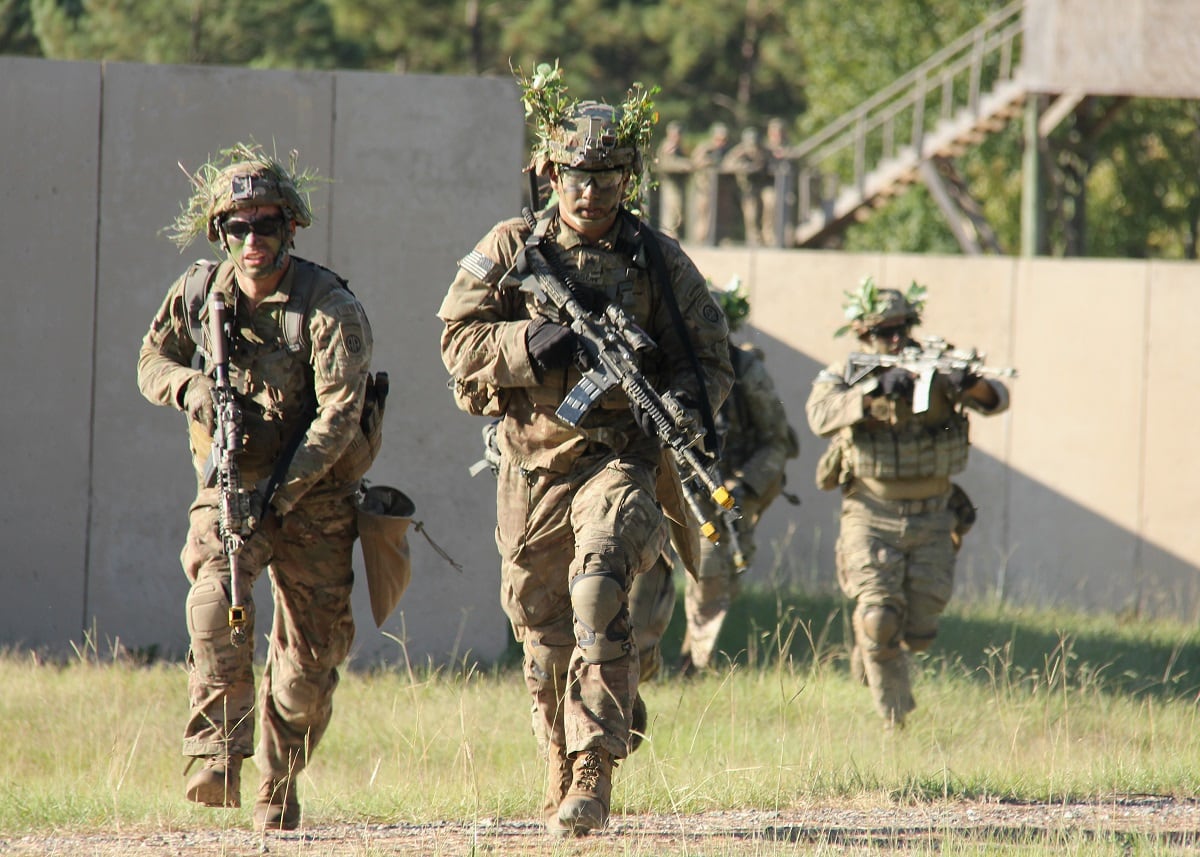
Remedial options may end up in the final test or tests, Abrams said.
But that could create some confusion, Dailey said. If the APFT is a health test, alternates are necessary to continue gauging health. But a combat fitness test is a different story.
“The one recommendation I would make is that if you’re going to say that you have to do this event to be able to prove that you can do your job, then there shouldn’t be any alternate events,” Dailey said.
And, naturally, that could force separation for a soldier who can’t complete a combat readiness test for more than a year, per a new Defense Department deployability policy.
RELATED
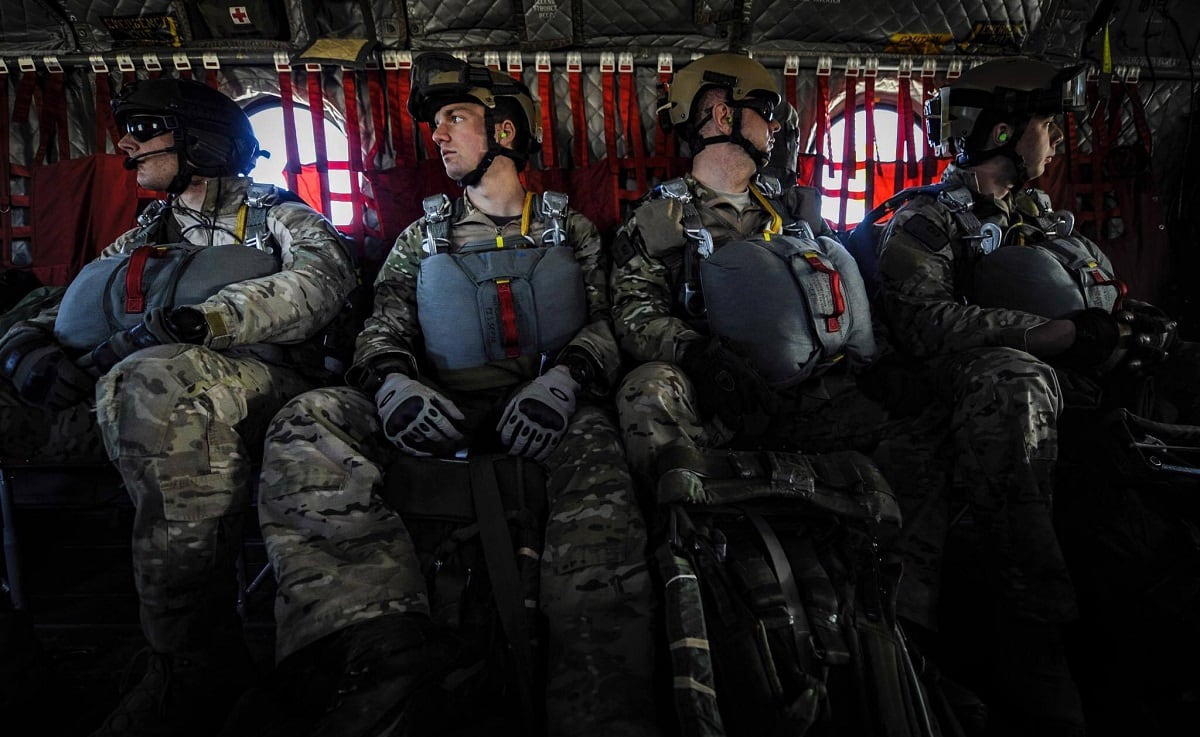
“That’s why I said, well, if you’re not deployable, should you stay in the service?” Dailey said. “The answer to that is no, ... because your job is to fight.”
And if this is the test that determines whether you can fight, he added, there shouldn’t be any alternatives.
If you think about it, he added, the Army has been giving a pass to soldiers on profile, while punishing those who actually take the test and come up short.
“We’ll throw a soldier out that’s failed by one second, but we’ll keep one that doesn’t take it,” Dailey said.
So where does that leave the APFT? While it doesn’t measure combat effectiveness, the test’s simple measurement of cardiovascular health and muscular endurance does serve a purpose.
“I think we need one that gauges your level of overall fitness,” Dailey said, beyond the standards for combat. “That’s important. That’s the health aspect of this. And there’s a physiological difference between men and women.”
The Army’s forays into occupational testing have included gender-neutral standards, on the idea that fitness for combat is black-and-white. Health, including a soldier’s risk for stroke or heart attack, is another measurement entirely.
RELATED
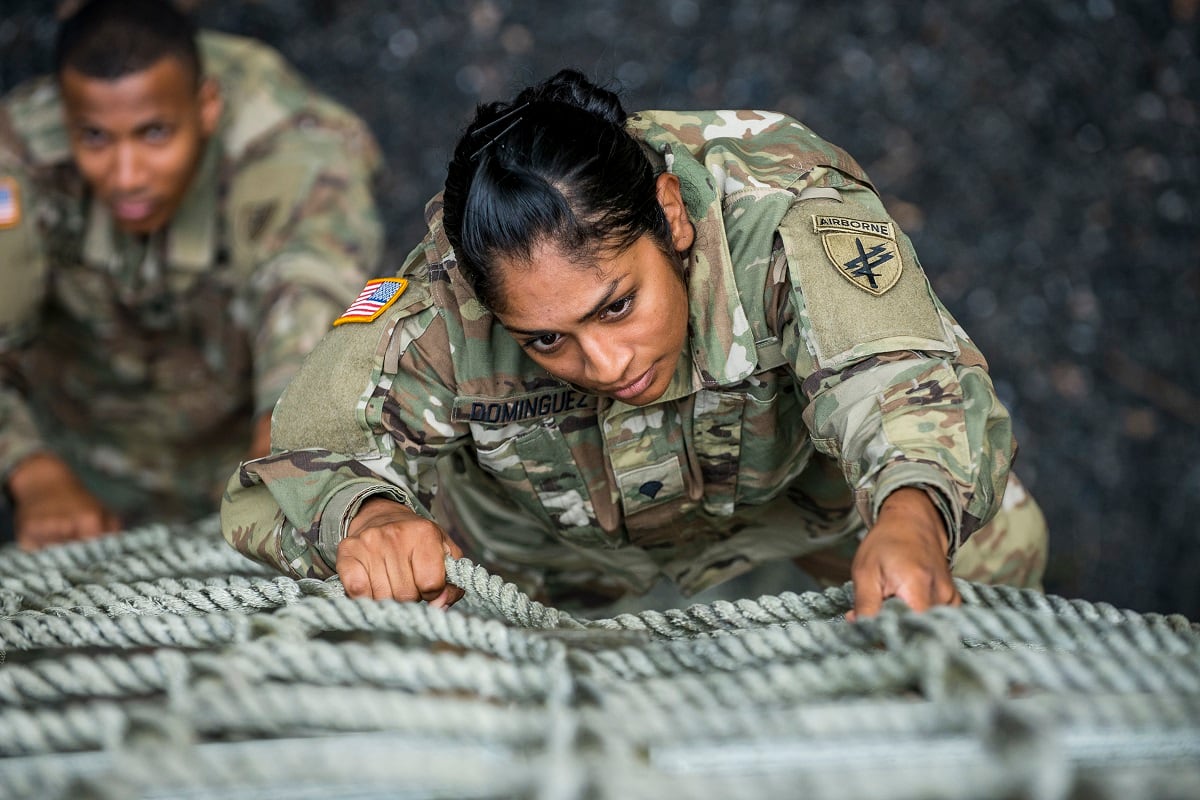
“My job is to keep you healthy so you’re not expensive, so you live longer and have a higher quality of life and you’re more productive and you’re more efficient,” Dailey said.
So while a gender-neutral occupational test is a step forward in preparing soldiers for combat, the Army still has to look at troops as employees whose health care bills they are covering.
“I think we have to be careful that ... we don’t hurt one thing while we’re trying to correct the other,” Dailey said.
Regardless of how long basic training ends up being or which fitness test the service settles on, the changes will cost money.
McCarthy said that both House and Senate Armed Services Committee members ask how they are tackling fitness challenges, and leaders present this holistic philosophy.
“I think they’ll be supportive,” he said. “We talk about it a lot, about non-deployables, so I think we’d get support there.”
Meghann Myers is the Pentagon bureau chief at Military Times. She covers operations, policy, personnel, leadership and other issues affecting service members.
